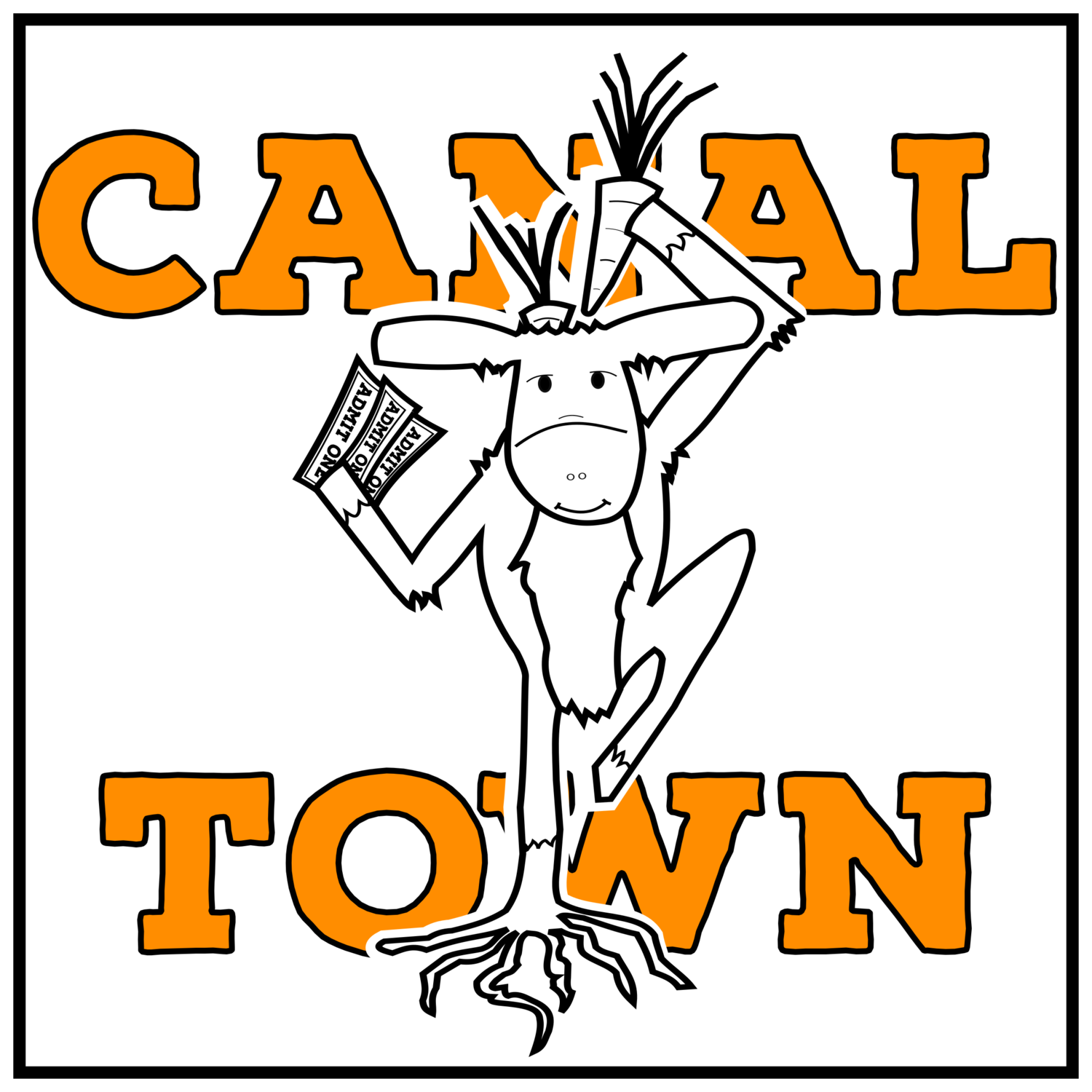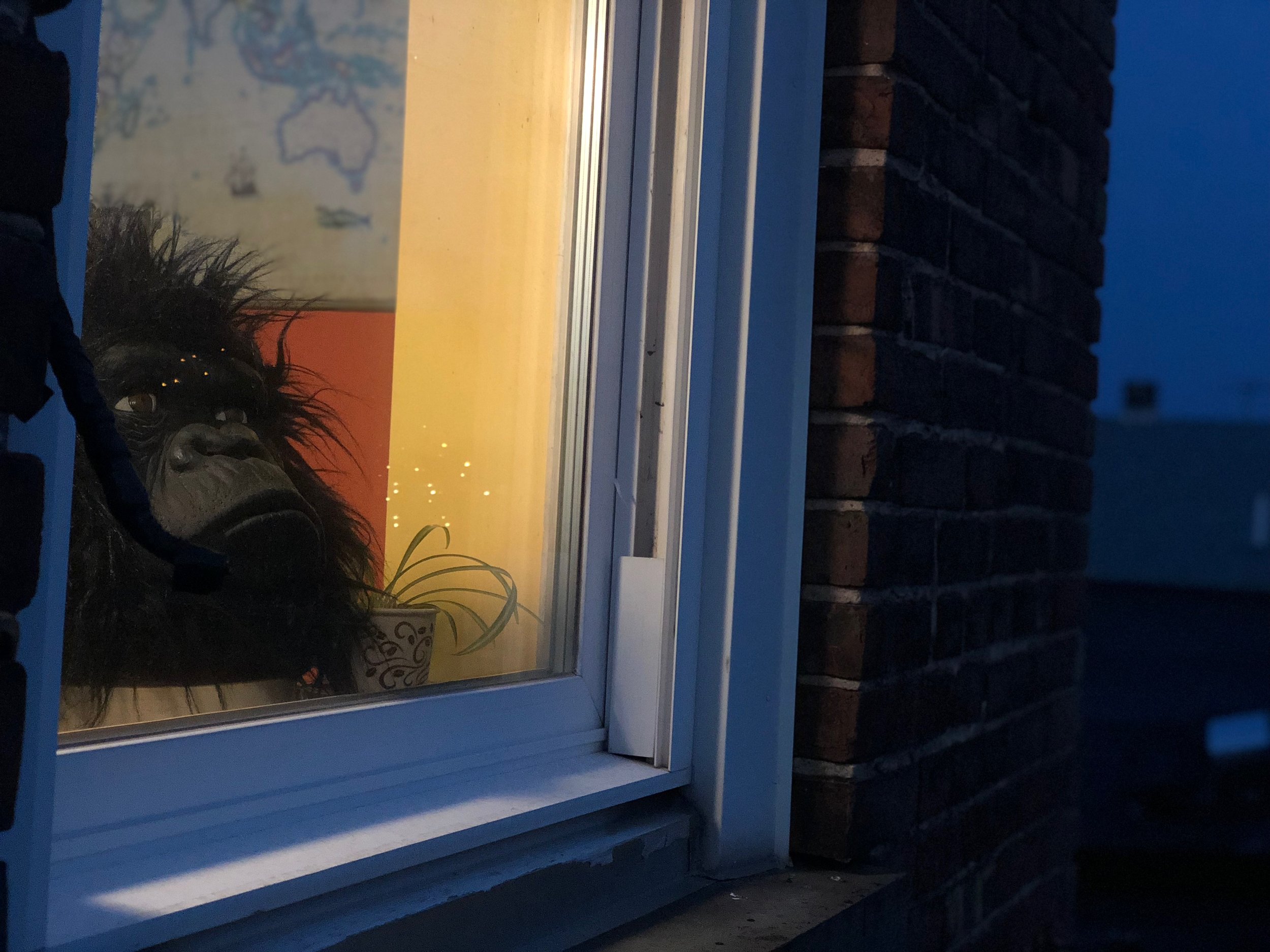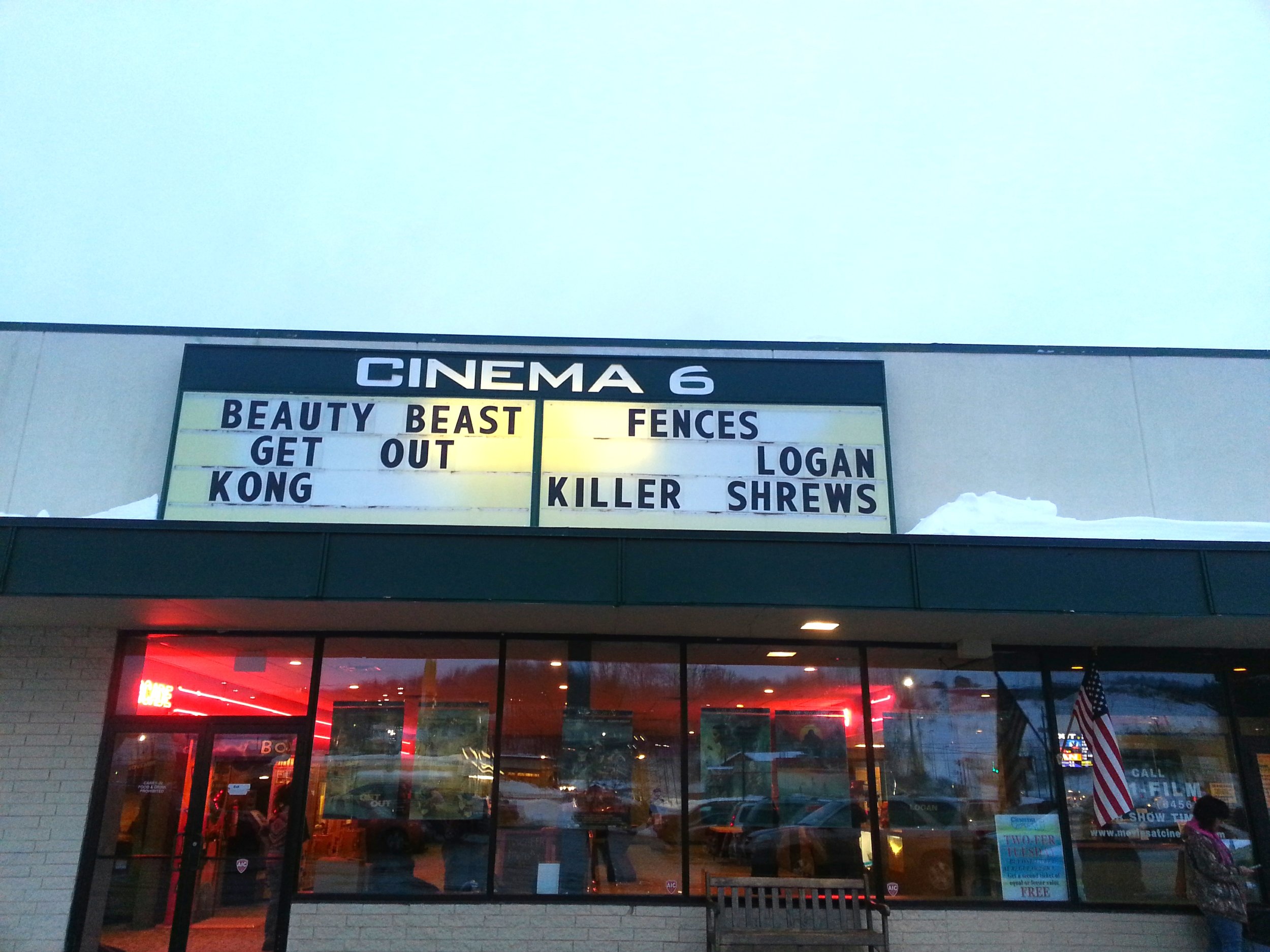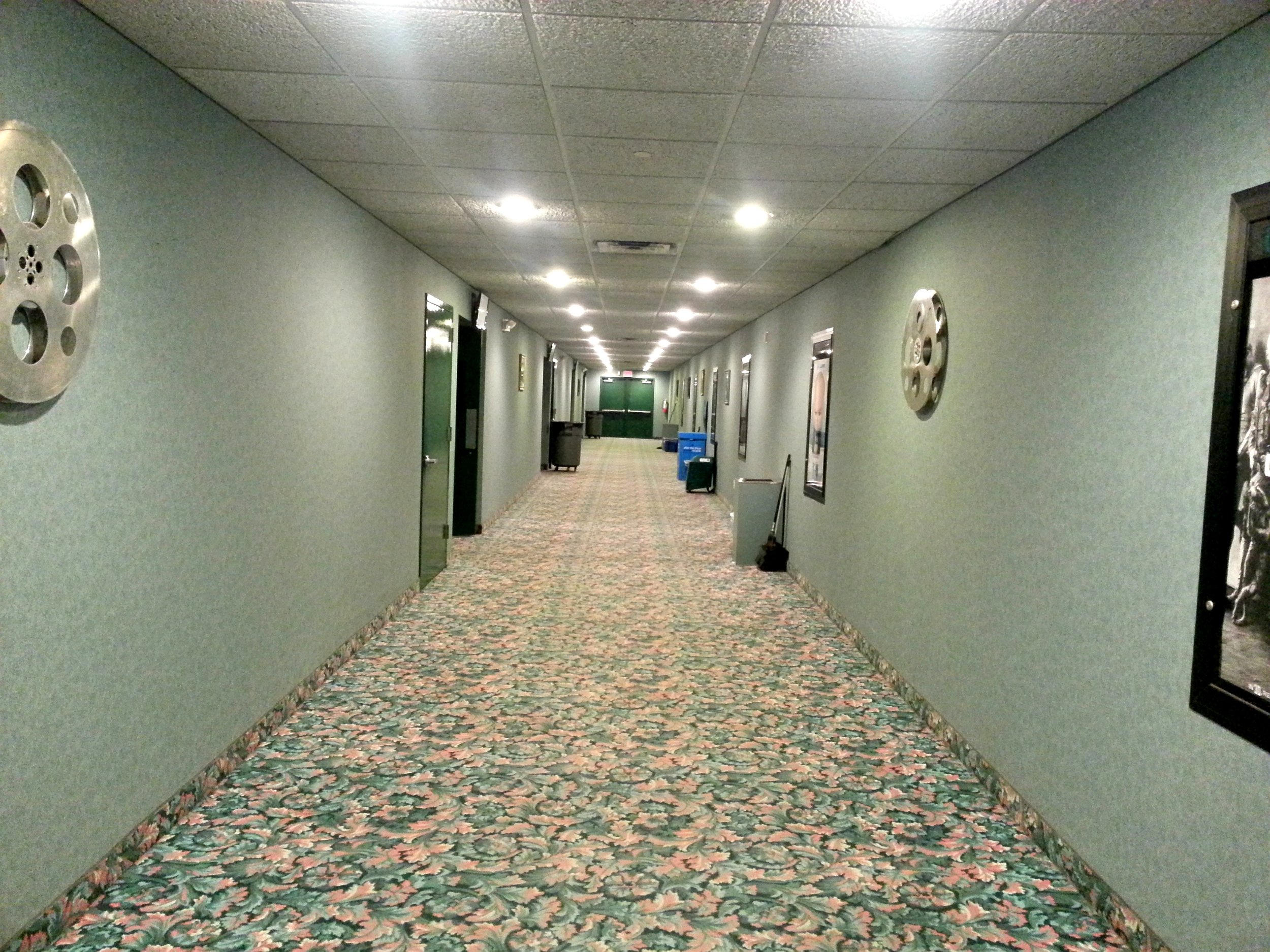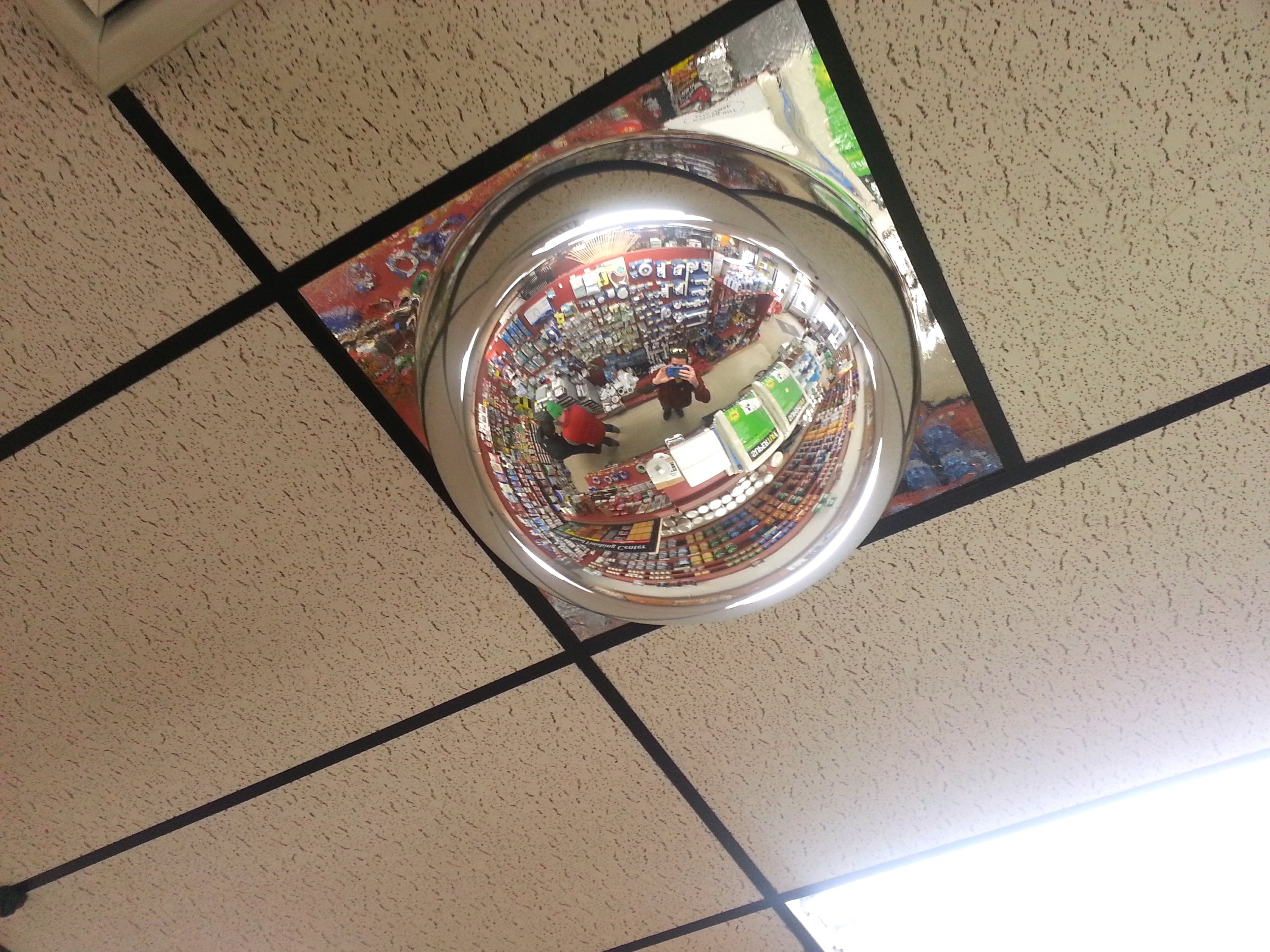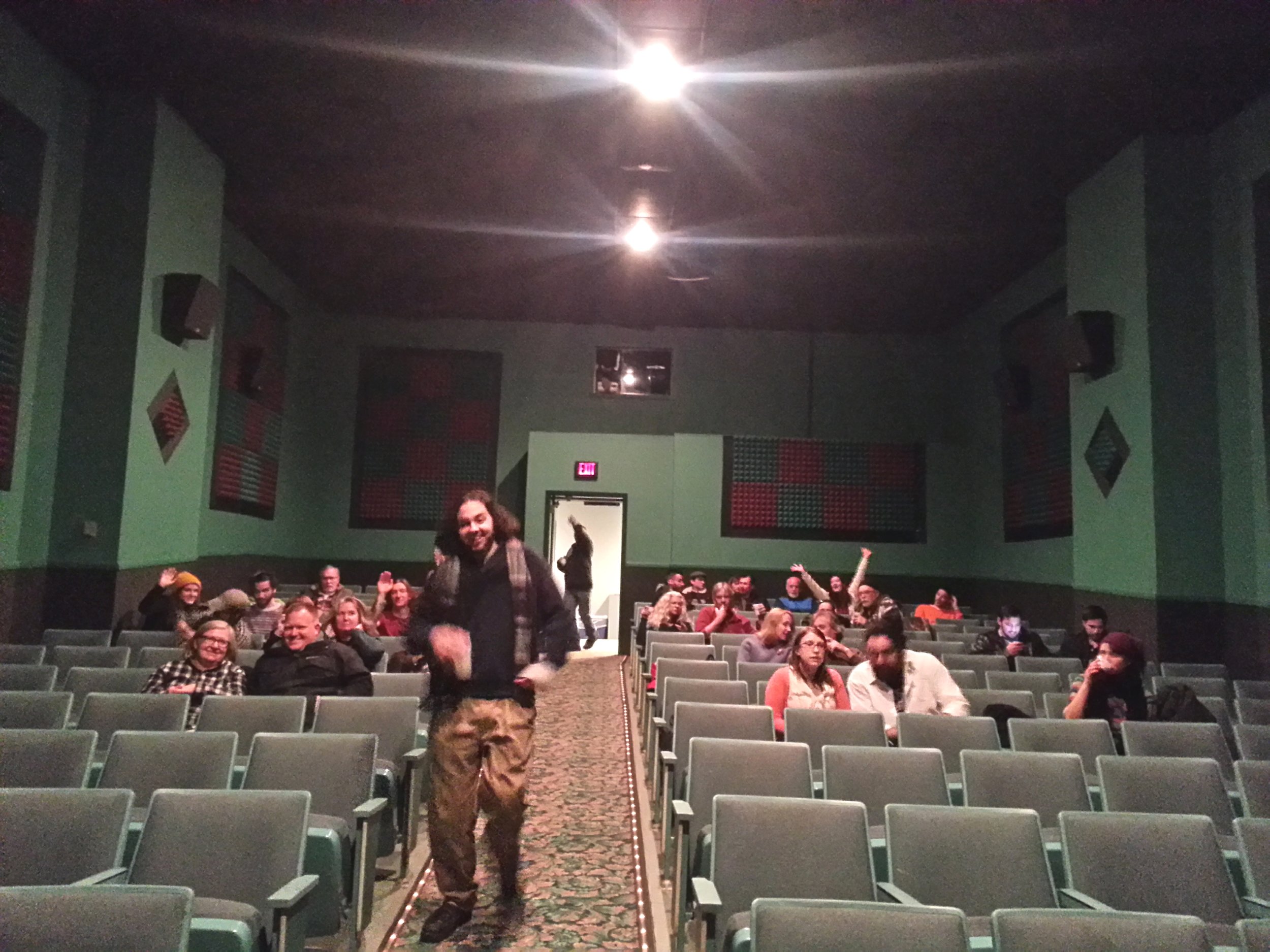A scan of the horizon offers an abundance of opportunity. Each frame of reference highlights creative potential. Slightly shifted perspectives and the application of engaged participation within the landscape can transform what is and what was into what we’d like something to be.
This can be a temporal re-framing, activating a nook in time. This can be a spatial re-framing, activating a nook in three-dimensional space. This can be a programmatic re-framing, activating a nook with alternative uses. Any and all and more are part of what’s freely and commonly available.
Take a stroll around your neighborhood. Note how it currently exists. Uncover how it previously existed. Consider what it could be going forward. Ask yourself, what if Honesdale (or your neighborhood) … ? How can things be made better by you and your neighbors, for combined benefit?
Discovering the answers to these questions is empowering. Once nooks of opportunity are identified, they can be found everywhere and we all have agency for change within us. It’s an inclusive, permission-less ability shared in an open source environment.
Someone answers one question with the community in mind; then, all of a sudden, you’re in the teller line for a banking errand and the village backdrop is a lot more engaging than it once was. An elevated, downstream-facing, slightly hidden, vertical space has been transformed in an unexpected way.
Making a deposit in front of large, historic windows becomes exciting, like stepping into an alternate dimension. The commonplace all around us that once felt static and gray becomes alive with color. An objective, experiential pleasure doubles as a reminder. There are nooks all around us, ready for activation.
We can build things up without tearing things down. What is it you’d like to create out of your and your community’s innate potential?
